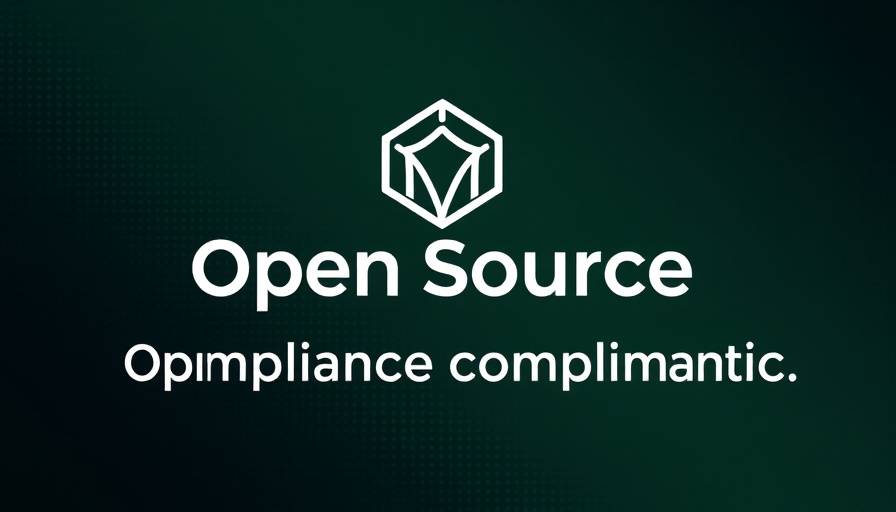
Making Compliance Accessible: The Launch of Comp AI
As startups continue to emerge in a digital landscape dominated by data protection requirements, compliance with frameworks such as SOC 2 has shifted from a luxury to a necessity. Bubba AI, Inc. is stepping up to fill this gap by launching Comp AI, an ambitious initiative aimed at helping 100,000 startups achieve SOC 2 compliance by 2032. Unlike traditional compliance solutions that often come with hefty price tags, Comp AI aims to democratize compliance through its open-source platform designed for flexibility and affordability.
What is Comp AI?
Comp AI is pitched as a disruptive alternative to established governance, risk, and compliance (GRC) platforms like Vanta and Drata. This platform incorporates essential features that simplify the compliance process:
- A built-in risk register that allows startups to identify, document, and evaluate their security risks proactively.
- AI-powered design tools that produce out-of-the-box security policies while allowing for customization tailored to specific business needs.
- A comprehensive vendor management suite facilitating the tracking and assessment of third-party vendors, which is crucial in today’s interconnected business environment.
- Automated evidence collection tools that lessen the burden of manual documentation, therefore streamlining auditing processes.
This integration of automation not only aids compliance but also saves valuable time and resources for companies struggling with compliance management.
Founder Insights: Bridging the Compliance Gap
Founded by Lewis Carhart in late 2024, Bubba AI was inspired by personal experiences in the tech field where compliance processes were often cumbersome and expensive. "I endured firsthand the challenges and strains of compliance at previous companies, especially when budgets were tight and resources scarce,” Carhart said, emphasizing the need for a more approachable solution. His vision for Comp AI is that it breaks down barriers, allowing companies—no matter their size—to access streamlined compliance mechanisms.
The Bigger Picture: Security Compliance for Growing Startups
The launch of Comp AI arrives at a critical time. Modern businesses handle increasing volumes of sensitive data, making compliance programs more vital than ever. Companies often operate under stringent regulatory frameworks, including SOC 2, ISO 27001, and GDPR, all interconnected in the landscape of cybersecurity where penalties for non-compliance can be devastating.
“Strong security practices shouldn’t be reserved for well-funded giants,” Carhart reiterated. By creating an open-source platform, his team is removing the financial barriers and enabling even the smallest startups to cultivate robust security practices.
The Community Aspect: Building a Supportive Ecosystem
An interesting aspect of Comp AI's proposition is its focus on community involvement. By harnessing the power of collective contributions, the platform aims to build a support ecosystem that continually enhances its features and capabilities. This collaborative approach is vital in keeping up with the rapidly evolving security landscape, ensuring that startups have the latest tools at their disposal.
Future Prospects: Scaling Up Compliance
Bubba AI aspires to elevate its platform's reach, leveraging integrated AI technology to maintain compliance oversight. Founders are advocating for a timeline that aims to help 100,000 businesses strengthen their security compliance through active participation in the platform's evolution.
With all these elements combined, Comp AI is not just a tool but a movement toward a more secure future for startups globally. The goal is to create an environment where compliance can be manageable, if not second nature—a necessity for all levels of business, from emerging startups to well-established organizations.
Why This Matters to You
If you're involved with a startup, now is the time to consider how compliance shapes your business operations. Tools like Comp AI not only serve immediate compliance needs but also pave the way for sustainable growth. Integrating compliance into your operational fabric will not only protect you from potential legal penalties but will also build trust with customers and partners.
Join the movement toward smarter compliance today. Explore Comp AI and see how it can streamline your processes and secure your business's future.
 Add Row
Add Row  Add
Add 




Write A Comment